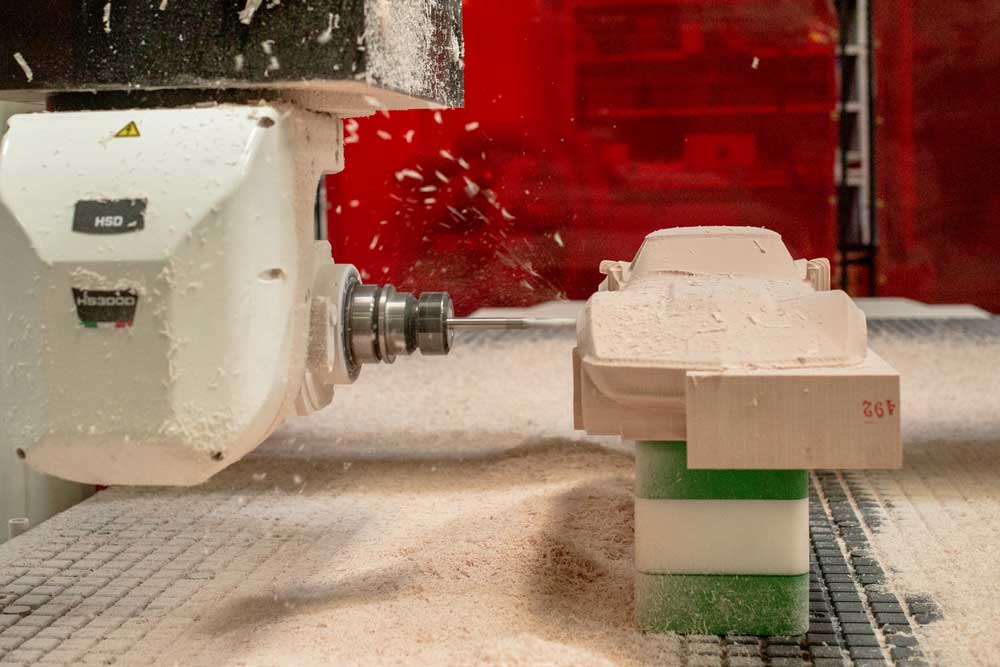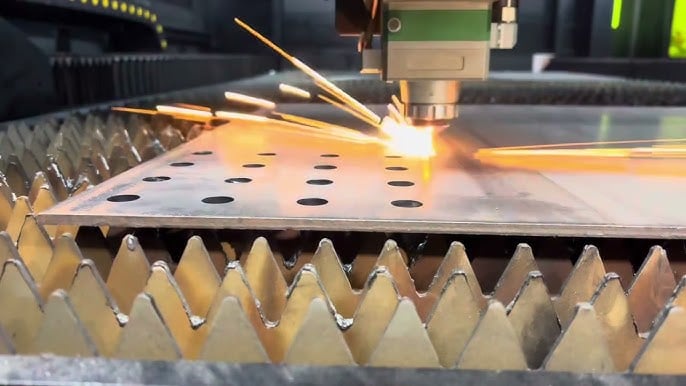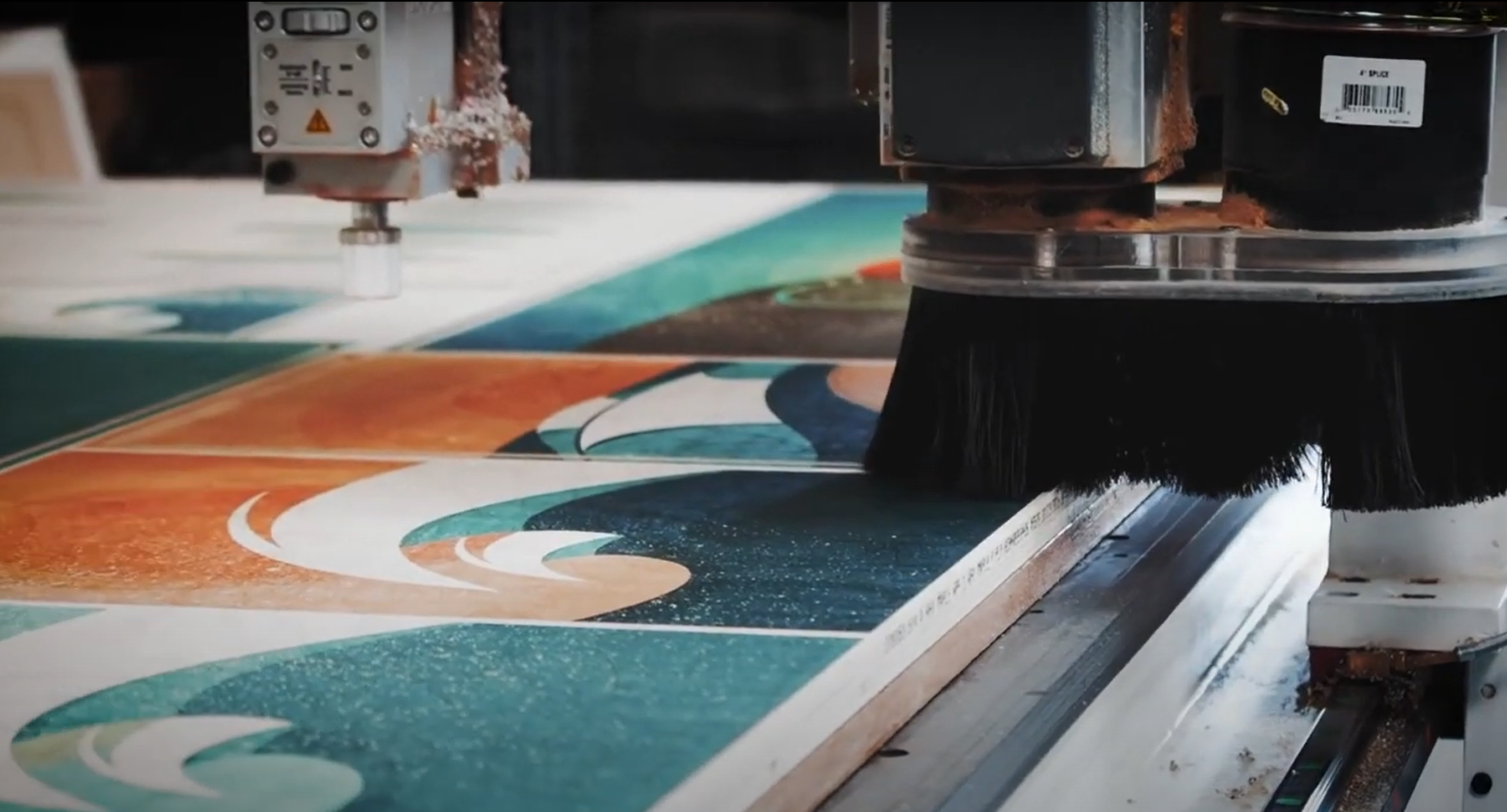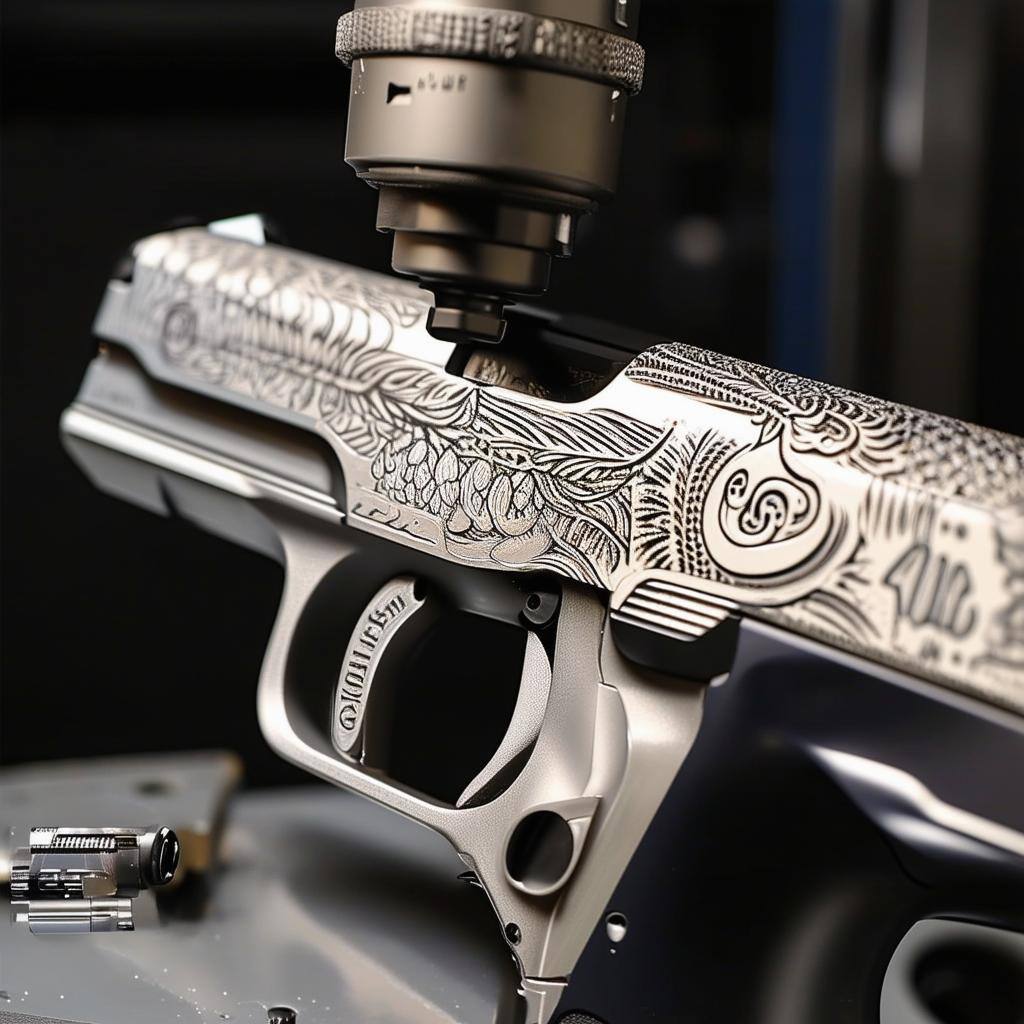CNC machining technology is always changing and improving. If you work in manufacturing or machining, you’ve probably heard about 5-axis computer numerical control (CNC) machines. Like all CNCs, a 5-axis machine moves a spindle along a programmed path to perform manufacturing processes like cutting, routing, or drilling. However, they have significantly more versatility and speed than a 3-axis machine. Learn about 5-axis CNC machining, the benefits, and why a 5-axis machine may fit your needs in this guide from Laguna Tools.
What Is A 5-Axis CNC Machine?
A 5-axis CNC machine moves in five different directions: X, Y, Z simultaneously with A and B. X, Y, and Z are linear axes, while A and B are rotational axes. This type of CNC machine allows an operator to work from all different directions without having to manually reposition the part or the machine tools.
The Difference Between 3- And 5-Axis CNC Machining
Most machinists are familiar with a manual, 3-axis vertical milling machine. The three linear axes dictate how the parts of the machine move:
- X-axis: The operator can move the worktable to the left or right.
- Y-axis: The table can move forward or backward.
- Z-axis: The operator can move the head of the cutting tool up or down to adjust the depth of the cut.
A 3-axis CNC router uses the same movements along those three axes. However, instead of manually adjusting the machine, a CNC router is programmed using computer-assisted design or manufacturing (CAD/CAM) software. The software directs the machine to follow a tool path according to specific coordinates, moving along the X, Y, and Z axes simultaneously. CNC routers are popular in the woodworking industry, where they’re used to make three-dimensional signage, cabinets, furniture, and more.
In addition to moving along the X, Y, and Z axes, a 5-axis machine also has two rotary axes, known as the A-axis and B-axis. All five axes can engage at the same time to perform complex cutting movements. Instead of a fixed tool head, the 4th and 5th axis means the cutting tool can approach a workpiece from any direction. With a single setup, an operator can machine multiple sides of a part. Note that some machines also have a C-axis that provides rotation around the Z-axis.
These specialty machines with five axes have the freedom of motion to produce very complex shapes. For example, if you wanted to create a partial cavity or an overhang, you would need to reset the part midway through the process on a standard 3-axis horizontal machining center. With the 5-axis CNC, you simply program in the instructions and you don’t have to reposition the material or the tool. The result is shorter setup times, the ability to produce more complicated parts, and easier repeatability.
What Is A 5-Axis CNC Machine Used For?
You’ll find 5-axis CNC machinery used in all kinds of industrial and commercial settings. A few common applications for 5-axis machines include:
- Healthcare: Because 5-axis CNCs provide a high degree of accuracy, they’re ideal for manufacturing delicate medical equipment, devices, and implants.
- Aerospace: The aviation and aerospace industries need precisely milled parts with smooth, contoured edges.
- Automotive: 5-axis CNCs can be used to efficiently produce complex parts like gearboxes, drive axles, and more.
- Custom furniture
5-axis machines are also useful in energy industries, where they can produce parts for turbines, oil and gas facilities, and more.
Types of 5-Axis Machines
CNC machines can achieve their 5-axis capability in one of two ways. Some swivel the tool head, while others move the table and the material. Both types of machines offer high precision and versatility.
With a swivel-head machine, the tool head maneuvers around a fixed block of material, using different angles to cut or grind into tight spaces. Because the material remains stationary throughout the machining process, you can use a swivel-head machine to cut material of all different sizes. You’ll often see this method of 5-axis machining referred to as 3+2-axis routing.
Other CNC routers can adjust the material on the worktable to provide the additional two axes of movement. Usually, they rotate the workpiece around the X and Y axes. This provides speed and stability throughout the operation: the machine makes continuous adjustments to the cutting tool on all five axes. This method is usually described as continuous or simultaneous 5-axis CNC machining. To see a rotating axis in action, check out this YouTube video from Laguna Tools that shows a custom Smart Shop III creating the stock of a Mossberg rifle.
What Makes 5-Axis CNC Machining Better?
There are many benefits to using a 5-axis CNC machine, such as:
- Efficiency: 5-axis machines speed up production timelines, making workshops more efficient. Automation reduces labor costs, which are a major expense for many shops.
- Improved accuracy: The precise placement of the cutting tool results in more accurate parts with a better surface finish and smoother edges.
- Fewer tool changes: With continuous milling operations, 5-axis machines can produce more complex geometries without having to change out tools. This also reduces opportunities for manual errors that may occur during repositioning.
- Versatility: With more machining capabilities, a 5-axis CNC can produce a wide variety of high-quality finished parts.
- More rigidity: 5-axis machines use standard-length tools with continuous cutting, resulting in longer tool life and higher feed rates.
As 5-axis technology continues to develop, these CNCs are increasingly easier to learn and operate.
The Potential Challenges of 5-Axis CNC Machining
The speed of continuous 5-axis machining is a major benefit for business owners, but it can also be a challenge. Once instructions are programmed in, there’s no need to stop cutting to reposition the workpiece. If the programmer isn’t experienced and careful, you risk wasting money on raw materials that are cut or placed incorrectly. And learning how to program a high-speed 5-axis machine certainly takes time and effort, so you’ll need to factor in the labor cost of operator training.
How Much Is A 5-Axis CNC Machine?
Prices for 5-axis machining centers can vary widely and are generally between $200K and $500K, with a Laguna 5 Axis starting at $199,500. Some of the factors that can affect the price of a 5-axis machine include:
- Machine size and weight
- Maximum speed
- Motor size and power
- Optional settings and features
- Manufacturing location
Setting Up a 5-Axis Machine
You’ll need a knowledgeable machinist to set up and program your 5-axis CNC. Note that Laguna Tools offers training over Zoom upon request as part of our CNC education resources. As with any CNC machine, ensure you are using the proper safety practices in your shop, including:
- Always wearing the proper personal protective equipment (PPE)
- Testing all tools before using them for the first time
- Cleaning and inspecting machines regularly
- Training and retraining staff regularly on shop safety
How to Get Started With 5-Axis CNC Machining
If you’re considering adding 5-axis CNC machining to your business, here are a few recommendations:
Consider Your Needs
Not sure if you should opt for a 3+2 router or a continuous 5-axis machine? Think through the type of projects you do. In general, 5-axis CNCs are a better fit for complex, contour surface machining. 3+2 machining is mainly used for plane processing. If you need tighter tolerances and want to produce more complex final products, continuous 5-axis machining is probably better. You should also consider what kinds of additional features and software integrations you want.
Research Your Options
Next, look at dealers in your area and price out your options. You’ll need to decide if it’s more cost-effective to buy a standard machine or pay extra for a custom design that suits your shop’s needs. And because 5-axis models are more expensive than 3-axis CNC machines, many businesses opt for CNC financing to pay off the machine over time.
Plan for Maintenance
While 5-axis machines save money on labor costs, they do require regular maintenance. You’ll need to budget for upkeep expenses to ensure the machine runs smoothly. You’ll also need to account for the additional training you or your staff will need to learn how to operate a 5-axis machine.
Find the Right CNC Machinery for Your Business
If you’re considering a 5-axis CNC for your machine shop, Laguna Tools is here to help. Founded in 1983, Laguna Tools serves professional machinists and CNC operators across the woodworking, automotive, aerospace, and 3D printing industries. Providing scalability, quality, and error-free work, Laguna Tools machinery helps you eliminate manual tasks and shorten lead times.
We are proud to offer a wide range of CNC solutions, from our multi-tool series to the Laguna Tools SmartShop 5-axis CNC. For more information about 5-axis CNC machining or to speak with a specialist, contact us today today or view our products




